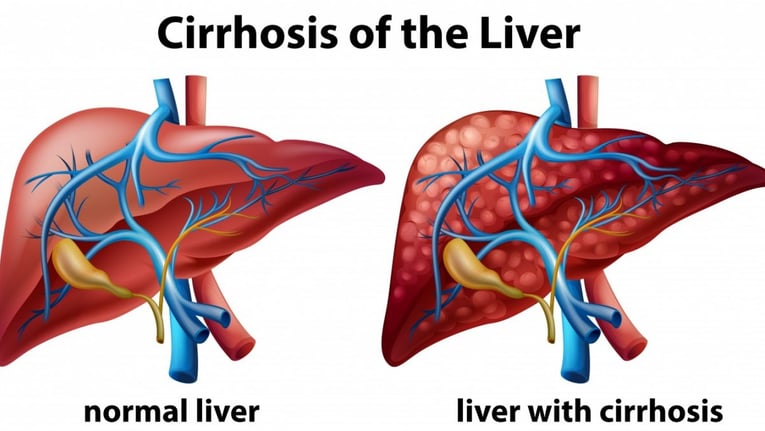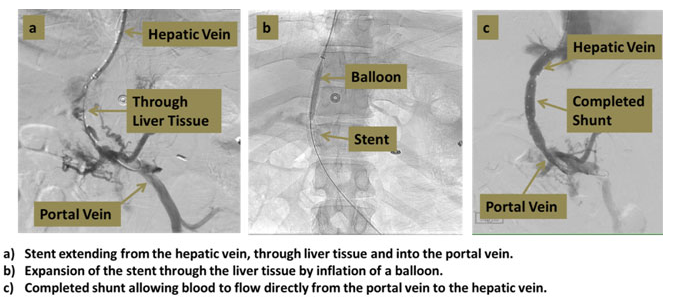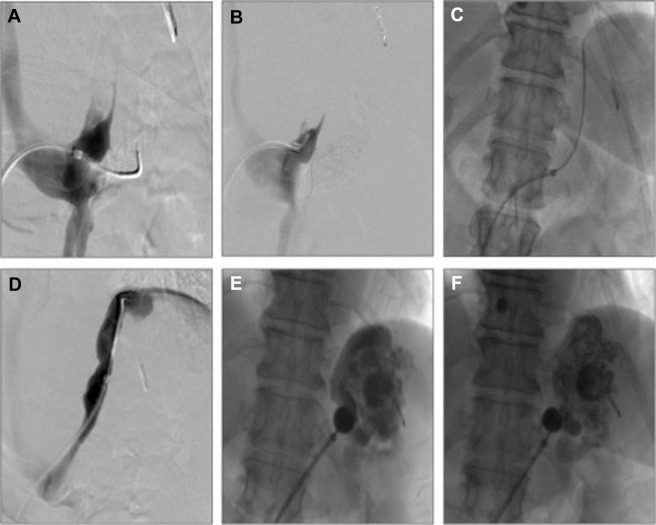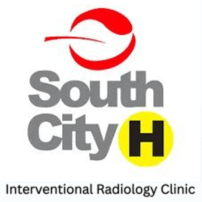Liver Cirrhosis And PHT
Pulmonary and cardiac conditions are found in the majority of patients with chronic hepatic disease. Many of them are due to common risk factors (such as alcohol, smoking, etc), some to immunologic suppression secondary to malnutrition. Among them, the hepatopulmonary syndrome (HPS) and porto-pulmonary hypertension (PPH) are especially important because of their therapeutic implications, liver transplantation being the only efficient treatment for the former, if severe, but a formal contraindication in the latter due to nearly 100% mortality. Their diagnosis is made by cardiac catheterization which is an invasive method not devoid of risk in such fragile patients.
What is it?
A transjugular intrahepatic portosystemic shunt (TIPS) is a percutaneously created connection within the liver between the portal and systemic circulations.
It is placed to reduce portal pressure in patients with complications related to portal hypertension.
This procedure has emerged as a less invasive alternative to surgery in patients with end-stage liver disease.
The goal of TIPS placement is to divert portal blood flow into the hepatic vein, so as to reduce the pressure gradient between portal and systemic circulations.
Shunt patency is maintained by placing an expandable metal stent across the intrahepatic tract
Patient has to take lifelong blood thinner in some condition like buddchiari syndrome.




Why (Indications)?
Acute variceal bleeding that cannot be successfully controlled with medical treatment, including sclerotherapy.
Recurrent and refractory variceal bleeding
Therapy for refractory ascites.
Portal decompression in patients with hepatic venous outflow obstruction (Budd-Chiari syndrome) or hepatorenal syndrome.
Why Not (Contraindication)?
Absolute contraindications:
Right-sided heart failure with increased central venous pressure
Polycystic liver disease
Relative contraindications:
Active intrahepatic or systemic infection
Severe hepatic encephalopathy poorly controlled with medical therapy
Hyper vascular hepatic tumors
PV thrombosis
What you are to do before procedure (Preparation)?
Visit us in OPD (9-5) with previous lab results (*CBC, LFT, Serum Creatinine, PT/INR), imaging etc.
If you are on blood thinner like Aspirin inform during appointment.
Get admission one day prior to scheduled procedure.
One accompanying person
Need to sign a consent form for procedure
Cash or ATM card
Approx. Stay in hospital?
We have very fast and competent working team (Consultant, fellow, clinical assistant, technician and ward assistant) which provide you comfortable atmosphere and ease your nerves. Usual time of stay is around 2-3 Days.
Complications:
Obstruction to flow
Shunt obstruction (38%)
Hepatic vein stenosis
Trauma
Vascular injury
Biliary injury
Stent dislodgment
Resume to work?
You can resume your work after 1 week if existing disease allows.
Results: When and How?
Follow-up Doppler after 3 days, 7days, 1 month than every 3-6 month.
For any Queries or Appointment please call +923048267000
Balloon-occluded Retrograde Transvenous Obliteration (BRTO)


What is it?
Balloon-occluded retrograde transvenous obliteration (BRTO) has been introduced as a treatment method that aims to directly obliterate the GVA.
The technical difficulty of BRTO relies on the anatomy of the afferent and draining veins of the GV.
In most cases, there is a gastrorenal or gastrocaval shunt. In this situation under fluoroscopic guidance, a balloon catheter is inserted into the outlet of the gastrorenal or gastrocaval shunt through a sheath placed in the right femoral vein.
Immediately afterward, venography is performed with an injection of 10–15 mL contrast medium via the inflated balloon catheter, and GV are slowly, intermittently, and completely filled with a sclerosant.
Why (Indications)?
When TIPS cannot be offered :
Encephalopathy
Poor hepatic reserve (MELD>18)
Failed TIPS
Coagulopathy
Absence of global complications of PHT like ascites, hydrothorax, PHG ? Primary prophylaxis for isolated gastric varices
Why Not (Contraindication)?
What you are to do before procedure (Prepration)?
Visit us in OPD (9-5) with Referring Doctor prescription, previous lab results (*CBC,LFT, Serum Creatinine, PT/INR),imaging etc.
If you are on blood thinner like Asprin inform during appointment.
Get admission one day prior to scheduled procedure.
One accompanying person
Need to sign a consent form for procedure
Approx Stay in hospital ?
We have very fast and competent working team (Consultant, fellow,clinical assistant, technician and ward assistant) which provide you comfortable atmosphere and ease your nerves. Usual time of stay is around 1-2 Days.
Complications:
Epigastric and back pain, fever and transient hematuria are the most common complications of BRTO.
Resume to work?
You can resume your work after 2-3 days if existing disease allows.
Results: When and How?
Follow-up Endoscopy and CT scan after 3 days.
For any Queries or Appointment please call +923048267000


